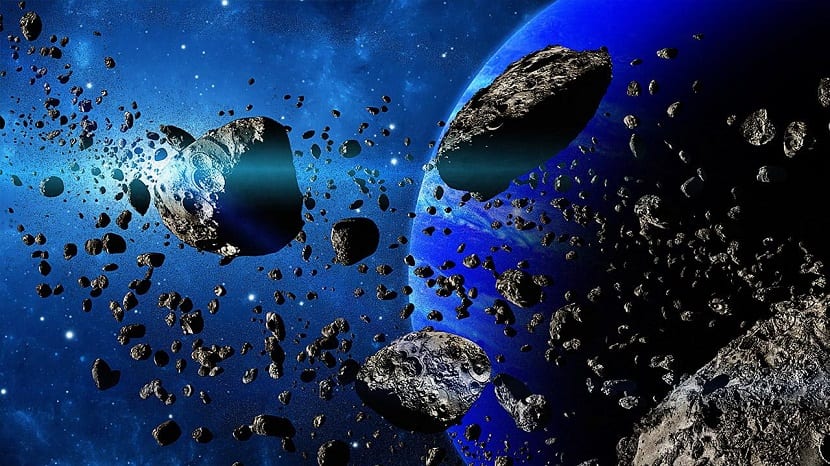
The Archaic aeon was marked by the meteor shower
The Archaic Aeon is the period that precedes the Hadic Aeon. It covers approximately 3.800 to 2.500 million years ago. We are still within the Precambrian Supereon, but it is the first in which we can begin to differentiate eras. Like its predecessor, it was also strongly affected by what was happening in the solar system.
| Supereon | Eon | Millions of years |
|---|---|---|
| Precambrian | Proterozoic | 2.500 to 540 |
| Precambrian | Archaic | 3.800 to 2.500 |
| Precambrian | Hadic | 4.550 to 3.800 |
If the Hadic aeon was the origin and beginning of our planet, the importance of the Archaic aeon lies in the beginning and origin of life. It must be added that defining and specifying an exact moment for each event in the history of our planet, it is, if not, very complicated. The periods are known, they are defined, but emphasizing again, there is no exact date for each event. Using this logic as a guide, let's follow the path where we left off a few days ago.
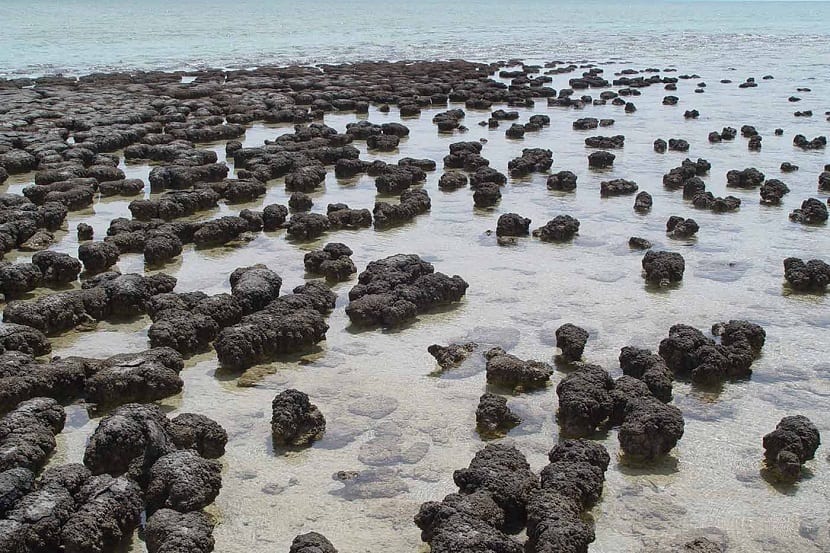
They are not just any stones, they are Stromatolites. In Shark Bay, Australia.
Also known as Archaeozoic, it is one of the longest periods that have ever existed. It comprises in its entirety, almost a third of the total time of our planet. In ancient writings, the Archaic aeon used to be indistinguishable from the Hadic, joining both periods as one. The name Archaic, which comes from ancient Greek, means "beginning" or "origin", for the reasons discussed. Something very characteristic of this period was the evolution of the earth's crust. This leads us to think of great tectonic plate movements, which leads to deduce that the internal structure of the planet was very similar to how we know it today.
To correctly understand the chronology of this eon, it must be divided between 4 great eras. Each one starred in great changes.
| Eon | It was | Millions of years |
|---|---|---|
| Archaic | Neoarchic | 2.800 to 2.500 |
| Archaic | Mesoarchic | 3.200 to 2.800 |
| Archaic | Paleoarchic | 3.600 to 3.200 |
| Archaic | Eoarchic | 4.000 / 3.800 to 3.600 |
A very quick definition of the Archaeozoic could be defined from the great events that occurred. The first heterotrophic and photosynthetic anaerobic cells appeared (cyanobacteria). The first structures of biological origin also begin, the stromatolites. As well the first continents appear with the formation and beginning of the tectonic plates. Oxygen begins to be released into the atmosphere. And despite being a period characterized by the fall of meteorites, it is also the period in which the great rain of them ceases.
The Eoarchic
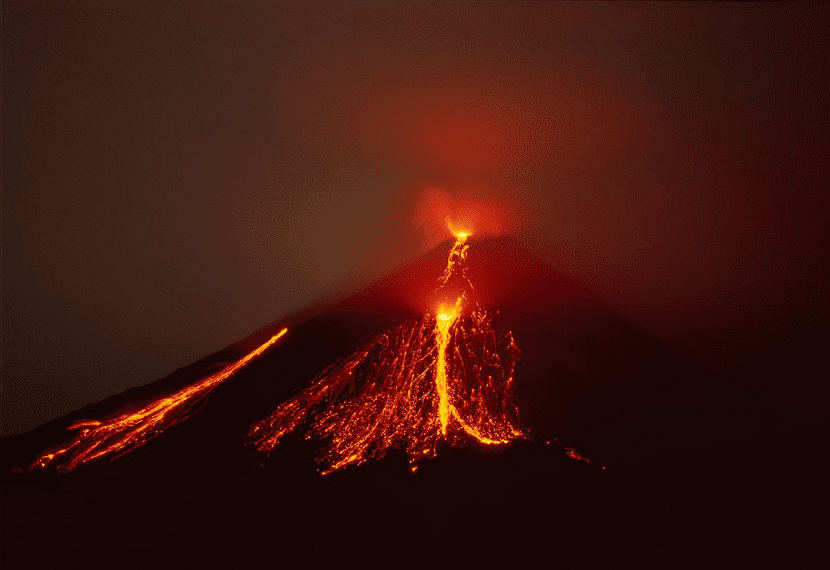
The Earth still in constant formation, lava and eruptions were very common
It was an era that lasted about 200/400 million years. Depending on the source that is consulted, since the International Commission of Stratigraphy does not recognize the lower limit of the time. It differs from the rest, in that it is the moment in which the first living beings appear. It is dated 3.800 billion years ago. Later, 3.700 billion years ago, the first chemosynthetic organisms appear. They are organisms that they do not require sunlight to obtain their energy.
The existing heat flow was 3 times higher than the current one, the prevailing climate was very warm. This not only defined this age, but it marked the entire eon. Only from the next one, the Proterozoic, the flow would be double the current one. This additional heat could have been due to the heat from the formation of the planet's iron core. Also to a greater production of radiogenic heat by radionuclides of short duration, such as Uranium-235. It should be noted the volcanic activity that existed around the globe, along with volcanic eruptions and lava pits. All of them continued to cause numerous hot spots.
The Paleoarchic

Anoxygenic bacteria appear. That is, they photosynthesize, but they do not expel oxygen
It includes between 3.600 to 3.200 million years. The most recognizable life forms begin. Here the organisms have been developing and already we find well-preserved microfossils from 3.460 billion years ago, in Western Australia. The stromatolites.
Bacteria begin to photosynthesize, to obtain energy from sunlight. Initially they were anoxygenic, they still did not give off oxygen. At present, we could find this type of photosynthesis in green bacteria from sulfur and not from sulfur, and purple bacteria. This type of obtaining energy was established almost until the end of the Archaic eon.
More things that defined this era. It is possible that the union of some cratons constituted Vaalbará, which is the hypothetical first supercontinent that existed. It should be noted that not all experts agree that it existed. It was also the end of the late intense meteor shower. During all the past hundreds of millions of years, the Earth was hit by them.
The Mesoarchic
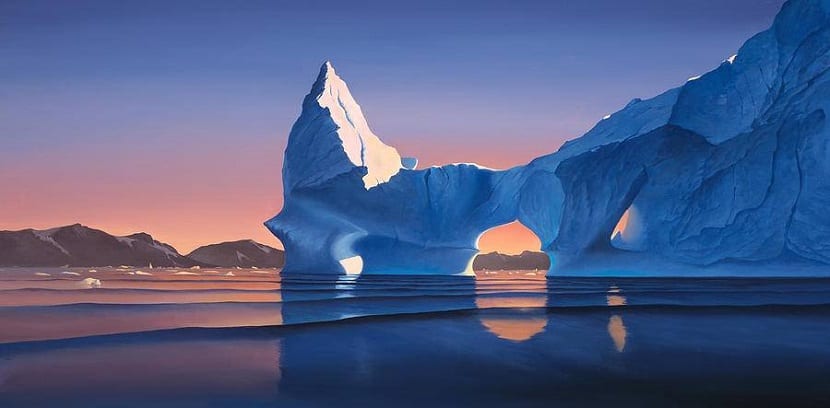
Hypothetical appearance of the planet in the first ice age
It lasted between 3.200 and 2.800 million years. The hypothetical supercontinent Vaalbara will fragmentwould later in this era, giving way to the Neoarchic. Something to highlight is that there was for the first time a great glaciation on the planet. In order to imagine how it should look like, the water in the oceans could have high iron content. That would give it a greenish hue. And in an atmosphere highly charged with carbon dioxide, the skies would present reddish tones.
Despite having a new impulse in the formation of intercontinental plates, they should not have occupied more than 12%. On the other hand, the oceans would not have stopped forming. The surface that they would reach would already be approximately 50% of the volume they currently have.
The Neoarchic
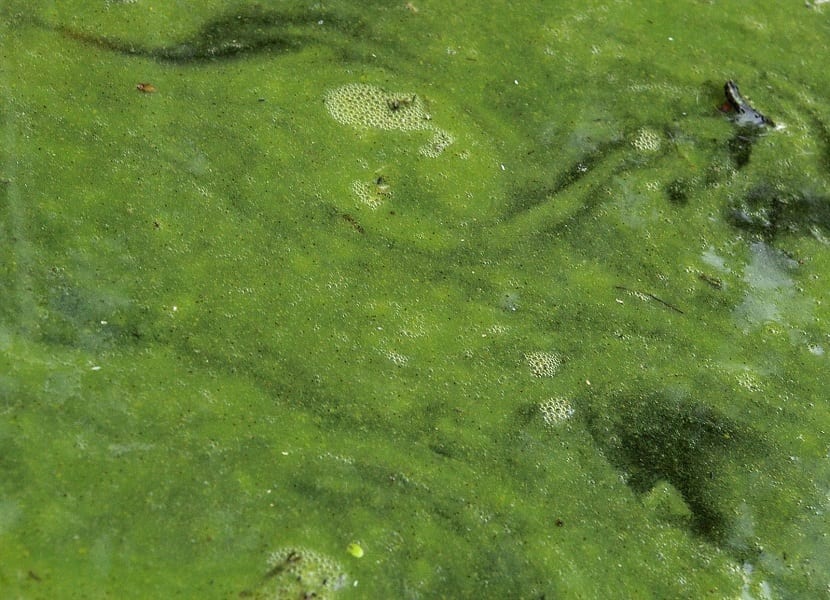
Hypothetical aspect that would begin to appear due to cyanobacteria
The last era and end of the Archaic eon. He understood between 2.800 to 2.500 million years ago. Bacteria have continued to develop, and already begin to photosynthesize releasing oxygen, cyanobacteria. A great molecular oxygenation begins on the planet that has its consequences in the next eon. A large toxic accumulation of oxygen would end up causing the great oxidation later.
The protocontinents that existed, like Vaalbarah, and another called Ur, they were small in size. Not just because they started dating, but because its bark was renewing itself. Contrary to the stability with which the continents present themselves to us today. At the time, the volcanism that was beginning to appear, played a great role, along with the divisions and cratons that were emerging.
It would not be until the next eon, the Proterozoic, where more complex life forms began to appear.
If you have been curious to know the beginning of everything. Introducing the Hadic aeon, the beginning of our planet. Where it also appears, the mysterious formation of the Moon.